Customer Hot Line:
+86 15622179651Your current position:home > Diesel injection news
The fuel injectors in the motorcycle EFI system is one of the most important actuators. In fact, the main carrier of the word "electrospray" is the injector. Today we will introduce the structural principle and working method of this component.
The function of the injector is to rapidly and precisely spray a well-sprayed gasoline to the engine intake port at regular intervals (Fig. 14). The injector used in EFI motorcycles is a shaft-type electromagnetic injector (Fig. 15). It consists of an injector housing, a nozzle, a needle valve and an armature ring that fits over the needle valve. It is a machining accuracy. Very high precision devices play a key role in the actuators of fuel injection systems.


The amount of fuel injected by the injector depends on three factors:
1 The size of the cross-sectional area of ??the fuel injection hole;
2 injection pressure;
3 The duration of the fuel injection.
Therefore, the size of the cross section of the injector used on the EFI engine has been determined, and the injection pressure has been given by the gasoline pump and the pressure regulating valve. Therefore, the amount of fuel injection can only be determined by the duration of the injection.
The shaft-needle type electromagnetic injector (commonly known as the injector) used in the EFI motorcycle has a working process: when the electromagnetic coil has no current, the needle valve is pressed by the coil spring at the nozzle of the injector. On the conical valve seat; when the electromagnetic coil has a current, a magnetic field is generated to move the armature, and at the same time, the needle valve is raised from the conical seat by a minimum height (about 0.15 mm stroke), and the fuel is passed through the needle valve head. The annular gap between the shaft pin and the injection hole is ejected at a high speed, and the fuel oil particles are atomized. At the end of the injection pulse, the magnetic field suction disappears and the valve needle quickly falls onto the conical valve seat under the action of the spring force to terminate the injection (Fig. 16).
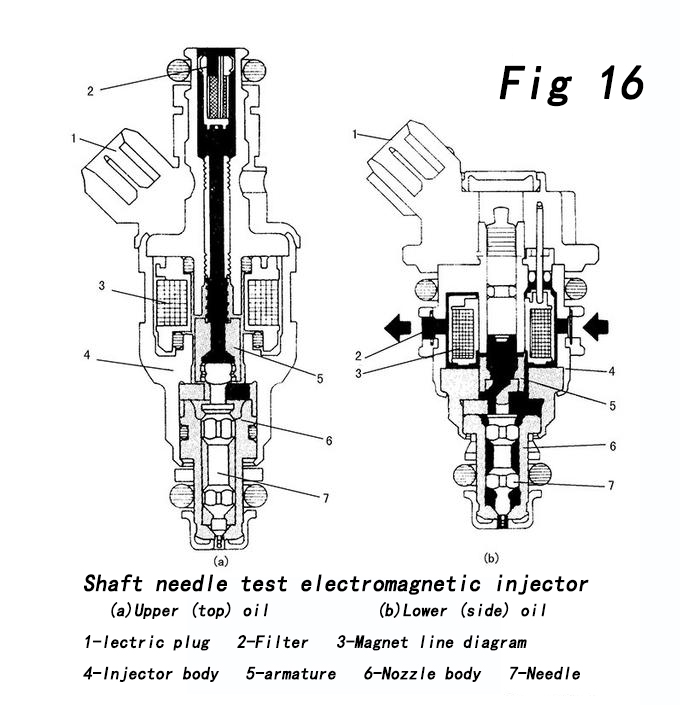
In order to fully atomize the fuel, the front end of the needle valve exposes a section of the injection shaft needle. The diameter of the needle is slightly smaller than the nozzle hole and slightly protrudes out of the hole. Therefore, the nozzle hole can automatically remove the carbon deposit and is not easy to block. The time required for the injector to open each time is extremely short, about 2 to 10 ms.
The longer the needle valve leaves the nozzle, the more gasoline will be injected into the intake pipe. The length of time the needle valve leaves the nozzle depends entirely on the amount of intake air and engine speed that the electronic control unit (ECU) receives. Effective control after signal parameters such as engine temperature are processed.
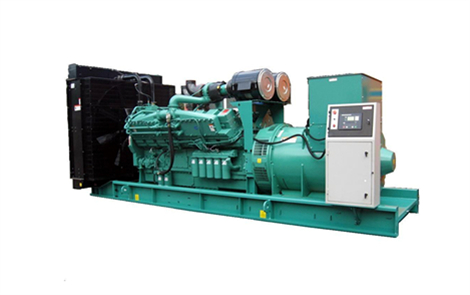
Release time:2019-06-23 Text source:Guangzhou Ruixiao Trading Co.,
When the diesel generator set is in use, it may be automatically turned off ......
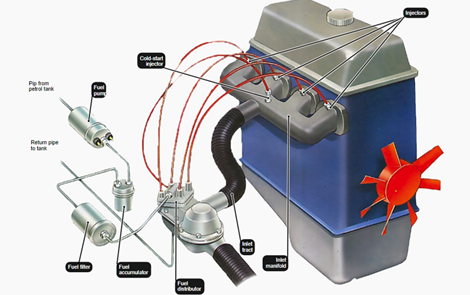
Release time:2019-06-10 Text source:Guangzhou Ruixiao Trading Co.,
For the engine to run smoothly and efficiently it needs to be......
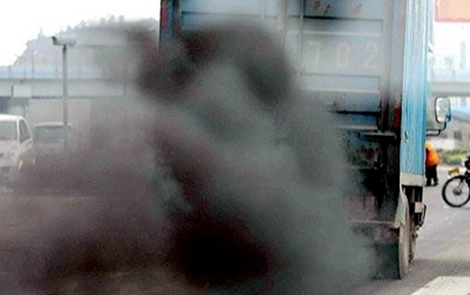
Release time:2019-04-17 Text source:Guangzhou Ruixiao Trading Co.,
Why does the bus and truck emit black smoke? 1: The oil supply of .......
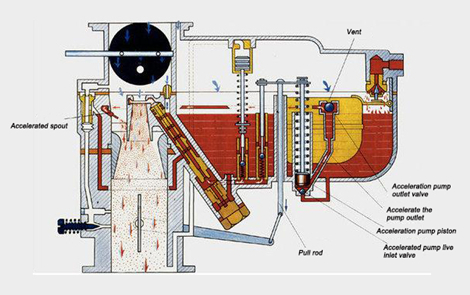
Release time:2019-04-12 Text source:Guangzhou Ruixiao Trading Co.,
Why are there fewer cleaner injectors now, are they not cleaned, and how ......
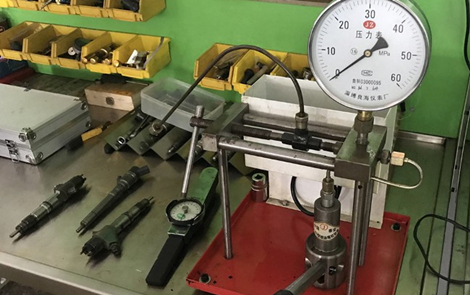
Release time:2019-03-31 Text source:Guangzhou Ruixiao Trading Co.,
The maintenance of the injector is a precise and technically demanding......